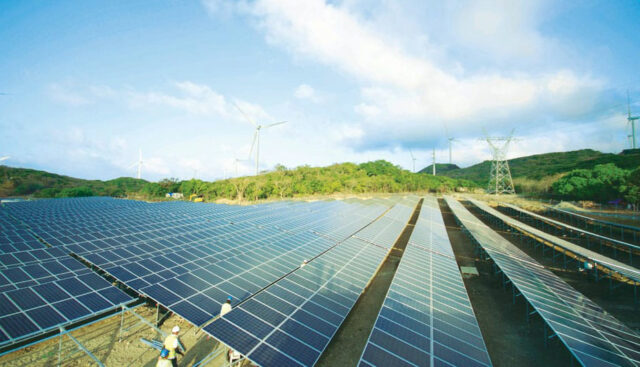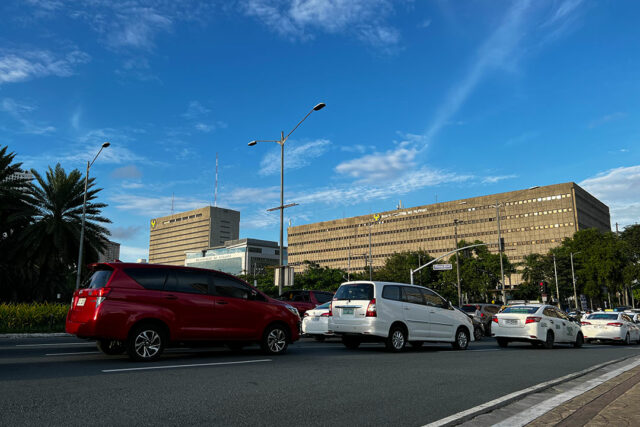Redefining success among business dads: Balancing career ambitions and family life
By Jomarc Angelo M. Corpuz, Special Features and Content Writer
Today’s culture often glorifies long work hours and accumulated wealth, equating career and financial achievements with personal worth. However, entrepreneurs, executives, and leaders who are also devoted fathers are starting to challenge these conventional definitions of achievement.
Increasingly, success for accomplished men is being reimagined to include presence at the dinner table, shared laughter during bedtime routines, and genuine emotional connections with their children. For decades, men were expected to climb the ladder, provide for the family, and let the rest fall into place, a path that leaves little to no room for connection, bonding, and parenting. The prevailing model for success often ties the father to economic output, with little emphasis on his presence at home or involvement in the daily lives of his children.
This struggle of balancing work and family life has been more apparent, as research suggests. In dual-income households, 60% of working dads report experiencing work-family conflict, compared to 47% of working mothers, highlighting how the traditional provider mindset still weighs heavily on men. That pressure often leads to regret: a 2013 Pew Research study found that nearly half of fathers feel they don’t spend enough time with their children, while only 23% of mothers said the same.
Despite this, a growing segment of working dads have realized that prioritizing family doesn’t come at the cost of career success. In fact, a study by the Families and Work Institute found that executives who give equal priority to work and family feel more successful, less stressed, and better equipped to handle both professional and personal demands.
These numbers speak volumes about the quiet pressures many fathers face in the workforce. While society has made strides in encouraging work-life balance, the data reveals that a significant percentage of men are still grappling with the emotional toll of missing out at home, and those who don’t miss out often thrive.
Studies have shown that parenthood, when supported by a healthy work-life balance, can significantly boost a father’s mental well-being. A report by the National Geographic suggests that involved fathers often experience greater feelings of compassion, deeper life fulfillment, and higher satisfaction with both job performance and overall balance.
In a survey by job board website Indeed released in 2019, 88% of dads said having a child changed how they viewed their career, with 87% citing different career goals and 77% developing new perspectives on corporate culture. These results reflect a broad reevaluation and shift of what success means to business and working dads, one that prioritizes purpose, flexibility, and presence.
There are even signs that these trends may be staying for good, not only for business dads but for fathers in general. A study published in the Journal of Marriage and Family in 2018 said that fathers are spending three times as much time with their children as they help their partners in attending to the needs of their kids, whether schooling, playtime, bedtime, or looking after their overall health.
Additionally, the study concluded that enabling fathers to take more part in childcare through work-family balance “should bring moderate to high gains to their children in terms of cognitive functioning.”
Easing the pressure of fatherhood
Despite these shifts in mindset, workplace structures are refusing to acknowledge the new culture and are lagging behind. According to the Indeed survey, new dads receive an average of seven weeks of leave, but many believe 10 weeks would be more appropriate to support their families and adjust to their new role. Even before a child enters the picture, more than half of the future dads in the respondents consider a company’s paternity leave policy as a serious factor in their career decisions. This signals a growing demand for family-conscious corporate practices that forward-thinking employers can no longer afford to ignore.
A few companies have already adopted this concept worldwide. Last February, JTI Philippines, a manufacturing plant based in Batangas, rolled out a forward-thinking family leave policy that grants 20 weeks of fully paid leave to employees welcoming a child, regardless of their gender, sexual orientation, or how they became parents.
Furthermore, while many dads acknowledge the difficulty of balancing work and home, they are 30% less likely than working moms to say so. This shows internalized pressure to “push through” or avoid admitting strain, remnants of the culture that equates self-worth with relentless achievement. Alarmingly, though, working moms are still twice as likely to report doing most of the chores and childcare at home. This imbalance can create blind spots in the way fathers perceive their involvement, well-intentioned but still distant from full equity.
To truly support working dads, and by extension, working families, employers must acknowledge what they need and go beyond surface-level gestures. Sixty percent of surveyed fathers said companies should formalize flexible hours specifically for parental obligations, like attending a school play or a doctor’s appointment.
An equal number supported policies that let parents use sick days when their children are ill, recognizing the emotional labor of caregiving. Likewise, 53% of dads believe that greater flexibility to work from home is important, not just as a post-pandemic benefit, but as a permanent part of parenting-supportive work culture.
Unfortunately, existing policies also fall short in fully supporting the modern father’s role in parenting. In the Philippines, paternity leave entitles eligible male employees to seven days of paid leave, provided they are legally married to and living with their pregnant spouse. Unlike maternity leave, which is covered by the Social Security System (SSS), paternity leave is shouldered by the employer, making it a little more difficult for employers to grant. These policies, although a step in the right direction, highlight the need for broader support systems that recognize and empower the evolving role of fathers in parenting.
As the next generation of fathers comes of age, an influx of business dads will emerge, role models who will show that it is not only possible, but commendable, to pursue professional goals while prioritizing family life. When that time comes, business success will no longer be measured solely in profit, but in impact that will include the strength of relationships, the well-being of teams, and the legacies left at home.













![solar-panels-[MICHAEL-WILSON-UNSPLASH]](https://www.bworldonline.com/wp-content/uploads/2024/12/solar-panels-MICHAEL-WILSON-UNSPLASH-640x427.jpg)
